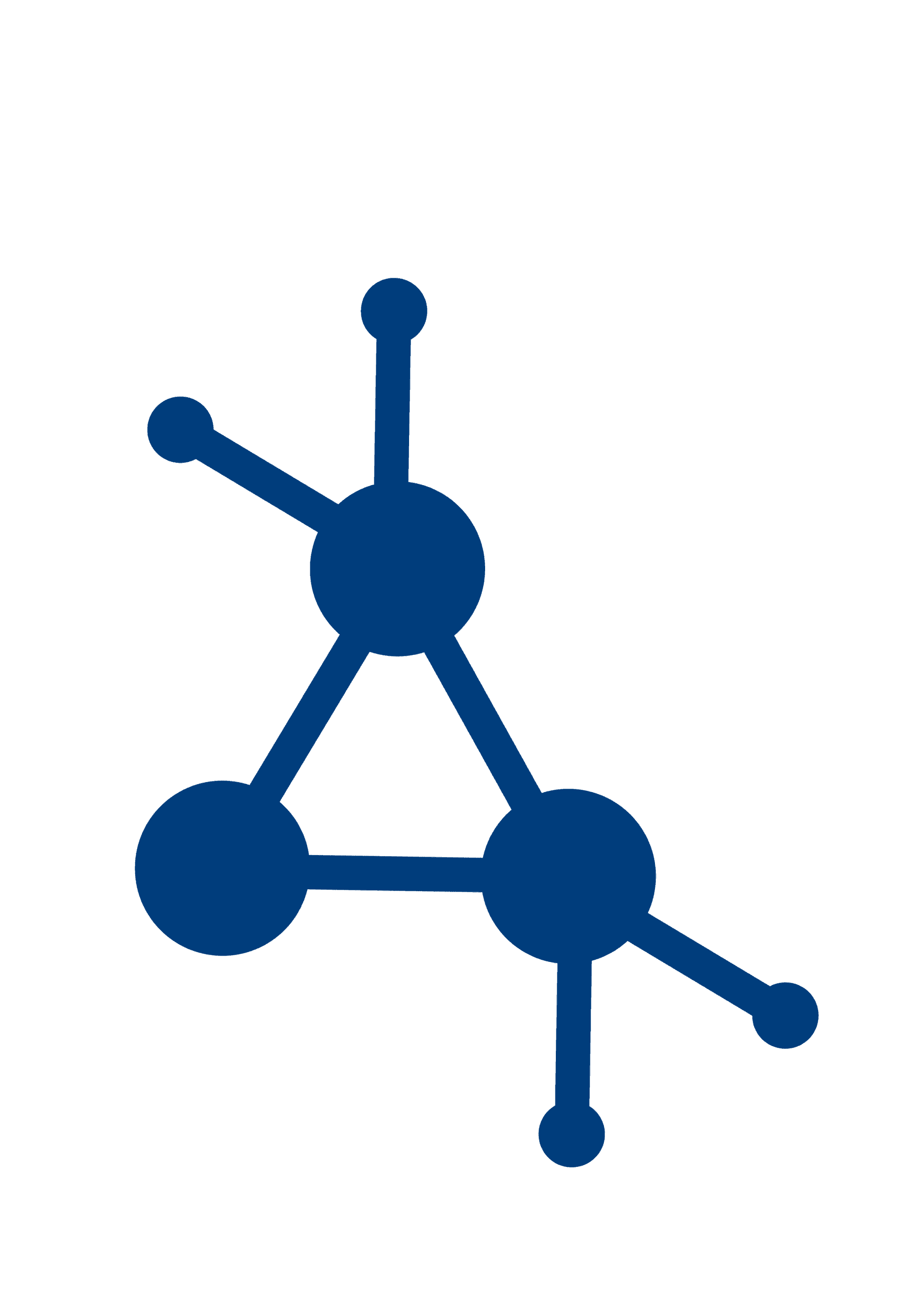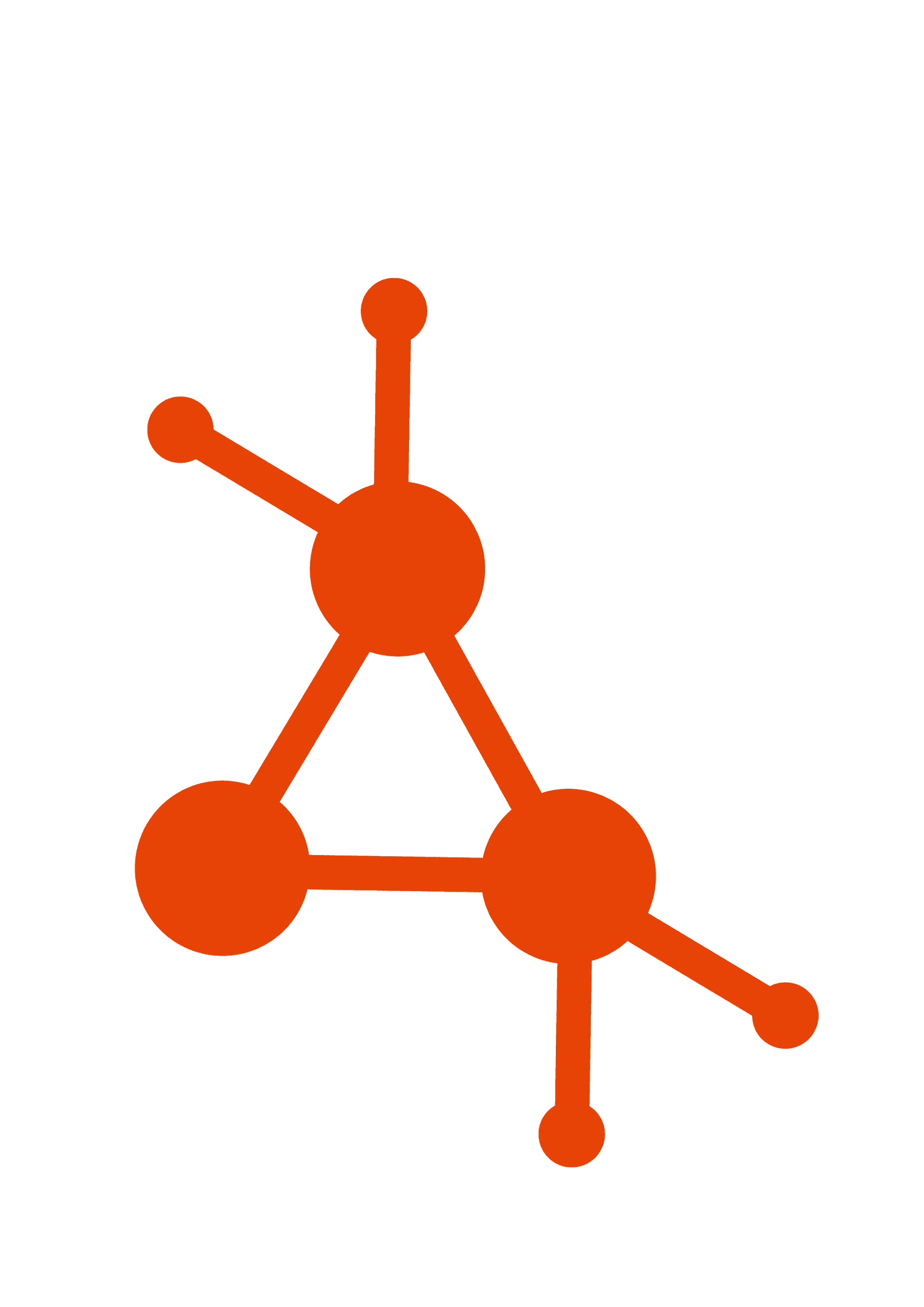Ethylene Oxide
Medical devices must be sterilized before putting them into circulation.
Common processes today include vapor sterilization, EO (ethylene oxide) sterilization as well as radiation.
Sterilization with ethylene oxide is an indispensable, reliable and recognized method for the sterilization of medicine devices. Ethylene oxide gas inactivates bacteria, viruses and fungi and has therefore been used for the sterilization of temperature sensitive substances for decades.
Sterilization with ethylene oxide is the most widespread process in industrial manufacturing of medicine products, especially of disposable products like dressing material, suture material, syringes and catheters, but also of surgical instruments, sensitive medical devices, electronically sensitive components and implants. The process is highly standardized (ISO 1135, ISO 10993-7, EN 1422 amongst others). The majority of temperature sensitive medicine devices is sterilized by means of ethylene oxide. In contrast to the second existing sterilization process, sterilizers by the company DMB do not work by means of vacuum, but by means of overpressure, which has the advantage of clearly lower agent concentrations.
In case of the overpressure process at DMB, a gas mixture of EO/CO2 with an EO content of only 6 % is used. In vacuum processes, sterilization takes place with an EO content of 90 % up to 100 %.
The result is a significantly lower agent penetration into the products (saturation degree with EO), a more rapid desorption of the products and a clearly lower EO burden. Since EO with a content of 6 % is not ignitable, no explosion protection measures must be taken.
The most important characteristic of EO is its distinct permeation capability. Due to the little size of the EO molecules, EO penetrates deeply into the structures of plastics. Therefore, the EO sterilization process is perfectly suitable for long lumina with small cross sections.
On the other hand, the CO2 molecule, which almost has the same size, contributes to the elimination of the agent from the medicine devices and their packaging.
Another advantage of the DMB method is that that the whole process takes place fully automatically in a sterilization chamber. This means that conditioning, sterilization and desorption take place in one process in the sterilizer without interruption and that there are no upstream or downstream process steps.
The result is that the sterilization process only takes between 12 and 24 hours and therefore cycle time and retention time are clearly lower than in a vacuum process.
In practice, this means that medicine devices can be put into circulation and be used immediately after taking them out of the sterilizer.






